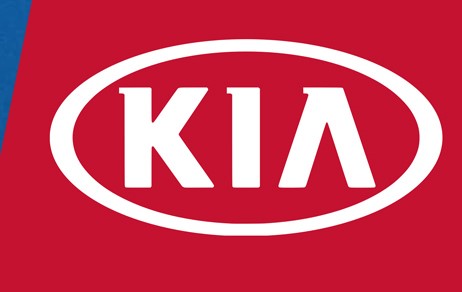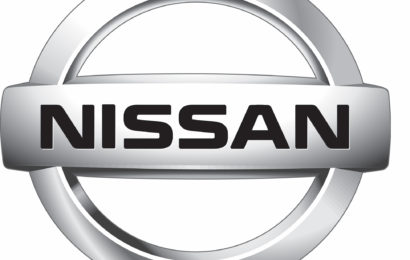
As part of ongoing expansion agenda, Kia Motors has revealed its long term strategy called ‘Plan S’ under which it aims to spearhead the global transition to electric vehicles and mobility solutions by 2025.
Under this plan, the South Korean automaker aims to offer 11 EVs by 2025 and target 6.6 per cent of the global EV market share, revealed the company in a release on Saturday.
For this, the automaker plans to invest $25 billion by 2025. It further aims 6 per cent operating margin and 10.6 per cent return on equity in 2025.
The automaker will launch a dedicated electric vehicle in 2021 on a completely new platform. This EV is claimed to be offering a future-oriented user experience, a single-charge driving range of over 500 kilometres, and sub-20-minute high-speed charging time.
Also, it plans 25 per cent of total sales to attribute to eco-friendly models by the end of 2025. As the company claims, it has an annual sales target of 5 lakh EVs and 1 million eco-friendly vehicles by 2026.
Commenting about the plan, Kia Motors CEO Han-woo Park, said, “Kia Motors will transform itself into a ceaselessly innovative brand by accelerating its bold and preemptive transition to future businesses.”
He also added, “Kia Motors will actively innovate to take on the challenges ahead, identifying and capitalizing on new opportunities to propel the company forward.”
Alongside these objectives, Kia will offer EV-based mobility services as part of its new business model, claims the company.
Commenting on the Plan S, Kia CEO further added, “Plan S is a bold and enterprising roadmap for Kia’s future business transition, buttressed by the two pillars of electric vehicles and mobility solutions. Our approach is to put customers first, and Kia will reinvigorate its brand innovation by developing products and services that offer new experiences for customers.”
Not only EVs, but Kia will also focus on expanding sales of internal combustion engine vehicles in emerging markets. Apart from that, it will also introduce selective EV models in such markets, depending on demand and market situation





